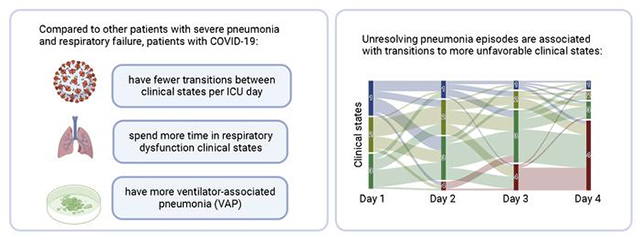(Science Alert) COVID-19 is no longer classed as a global health emergency by the World Health Organization, but scientists are still working hard to understand more about the virus and its impact – including how the coronavirus affects the body and leads to death.
A new analysis suggests that a high percentage of people who required help from a ventilator due to a COVID-19 infection also developed secondary bacterial pneumonia. This pneumonia was responsible for a higher mortality rate than the COVID-19 infection.
So while COVID-19 may have put these patients in the hospital, it was actually an infection brought on by the use of a mechanical ventilator that was more likely to be the cause of death when this infection didn’t respond to treatment.
“Our study highlights the importance of preventing, looking for, and aggressively treating secondary bacterial pneumonia in critically ill patients with severe pneumonia, including those with COVID-19,” says Benjamin Singer, a pulmonologist at Northwestern University in Illinois.
The team looked at records for 585 people admitted to the intensive care unit (ICU) at Northwestern Memorial Hospital, also in Illinois. They all had severe pneumonia and/or respiratory failure, and 190 had COVID-19.
Using a machine learning approach to crunch through the data, the researchers grouped patients based on their condition and the amount of time they spent in intensive care.
The findings refute the idea that a cytokine storm following COVID-19 – an overwhelming inflammation response causing organ failure – was responsible for a significant number of deaths. There was no evidence of multi-organ failure in the patients studied.

Instead, COVID-19 patients were more likely to develop ventilator-associated pneumonia (VAP) and for longer periods. Cases where VAP didn’t respond to treatment were significant in terms of the overall mortality rates in the study.






